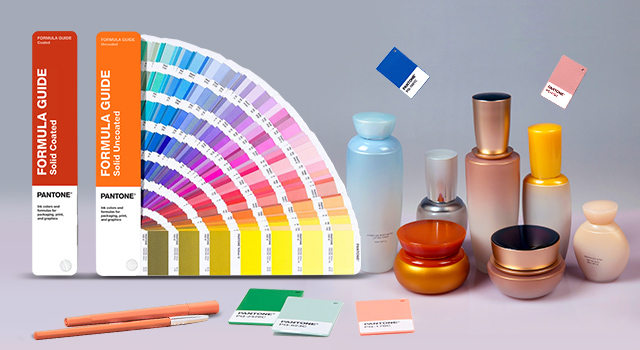Desktop publishing has revolutionized the way we create things. It’s used for an incredible range of different items, from books to brochures, business cards to logos, sales flyers to blog posts and websites. The rise of DTP has seen some interesting milestones, particularly in the changes to hardware and software available to individuals and businesses.
The First Desktop Publishing Software
While the DTP revolution would have to wait until 1985 to really take off, the first desktop publishing software actually debuted well before that. The first true DTP software was Timeworks Publisher, which was sold in the US as Publish-It. This program remained the budget-leader in the industry, until Microsoft dethroned it with the advent of MS Publisher in 1993.
The Complexity of Current Desktop Publishing Software
For any aspiring desktop publisher, understanding the complexity inherent with today’s software is important for making an informed decision regarding purchases as well as any necessary training to use the software. There’s a great deal of disparity in terms of complexity. Some programs are relatively easy to use (MS Word is a prime example, and while this is mostly a word processor, newer versions contain graphic editing and layout tools for desktop publishing companies and individuals). Others like Adobe InDesign are immensely complex and require a considerable amount of time to master.
Top Features of Current DTP Software
It’s important for DTP software to offer the right mixture of features. Some of the most important to have included the following:
- Text formatting – Text should be displayed in the style and format that best fits your publication needs and audience, but not all software lets you do as you need.
- Layout – Layout can run the gamut from magazine style to newspapers, books and numerous other options. Make sure the software you choose offers multiple layout options.
- Artwork Inclusion – DTP is about more than just formatting and laying out blocks of text. It requires art, and your software should give you simple, effective ways to integrate art within your content.
- Exporting – The days when you could save your content in a single file format and be done are long gone. Today, you need to ensure that your DTP software is capable of exporting to a broad range of the most popular file types.
The Advantages of DTP Software
Before DTP software became available, businesses and individuals in need of creating content had to work with a traditional publisher – a costly, time-consuming process. The primary advantages of using DTP software rather than the antiquated method include saving that time and money you would have spent. However, you’ll also find greater creative control and less time spent handling mistakes and miscommunication.
The Top DTP Software
There are several leading desktop publishing software options available, including:
- Adobe InDesign
- Microsoft Publisher
- Microsoft Word
- QuarkXPress
However, if you aren’t sure that you can create a professional publication on your own, it’s better to work with a professional desktop publisher like Artwork Abode for your DTP needs.
– Artwork Abode




